Kodama
Arthur, a member of an elite SWAT Samurai team, embarks on a rescue mission into the spirit world in order to recover his father from vengeful Japanese Yokai Spirits


I mourn the decline of the genre proof-of-concept short. In the 2010s there was big excitement around the form as the abilty to craft hi-quality vfx on consumer-level equipment was still novel. Creators, usually with an animation or vfx background themselves, would craft shorts as showcases for an idea or world they wished to develop and add juuuust enough story to credibly call their work a “short film.” We’d catch flak sometimes for featuring these pieces as sections of our audience would object to the shallowness of the scripts, and even I recognized the trope-heavy nature of many of the elements.
But, they also were a fun lab for new types of visuals or remixed concepts that challenged what was then a relatively staid landscape of sci-fi film and TV. As such, I would privilege what was fresh in these iterations over the aspects that felt derivative, and viewers tended to be equally forgiving—these shorts would usually go straight online and were rapturously received, becoming viral hits and often kicking off bidding wars as major studios battled for the right to develop the premise in other formats.
Some early talents did break through into the Hollywood system—folk like Wes Ball and Fede Alvarez—but too many of the projects went nowhere. Whether the projects were actually promising in development or not, the underperformance of original IP in theaters and the failure of anyone to really try a “Blumhouse for sci-fi” or other genres model meant that heat around proof-of-concept shorts dissipated, and fewer got made.
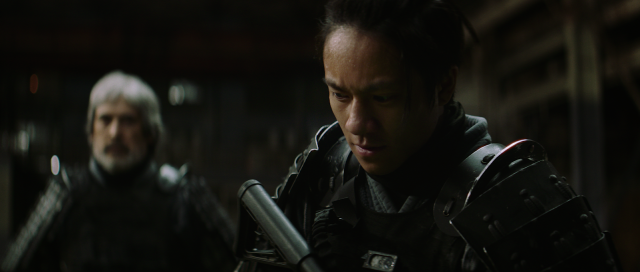
“I really wanted to see what the Samurai would look like today” – Director Tang discussing the inspiration behind Kodama
My apologies to today’s featured filmmaker, Brian M Tang, for such a long preamble, but it was this context that contributed to my surprise when I first watched his short film, Kodama, at SXSW 2023. I was filled with a warm nostalgia immediately afterwards, as with an awesomely cool premise, strong visual execution, terrific action-directing and, at 15min long, even more storytelling ambition than most of his predecessors, Tang had produced a piece that would have been right at home at the peak of the genre short craze.
“I really wanted to see what the Samurai would look like today if they had survived the rapid industrialization/westernization of Japan, with a supernatural twist,” Tang writes to us of his animating motivation when crafting Kodama, citing his “deep appreciation” of Japanese folklore and its “lasting cultural significance.” Guess what? I am a simple man, and I want to see that too! Samurai and guns, ghosts vs the living, sons and fathers, and legacies and vengeance—it’s an appealing mix Tang has tossed into his pot. I won’t pretend that it successfully avoids cliches, but the human aspects of the story are legible and sensible, granting the viewer permission to revel in Tang’s interesting world-building and visual execution.
One of the things noticeable is that a lot of the film is shot in-camera. The production design is a star here and though it is dark and a bit video gamey in terms of the layout of the space, it is strikingly presented—spare but thoughtfully imagined. There is a stage aspect to it—i imagine it was shot on a big sound stage—but Tang and team lean into that aesthetic which amps up the otherworldly nature of the yokai world and which is also echoed in the yokai’s use of noh theater masks.
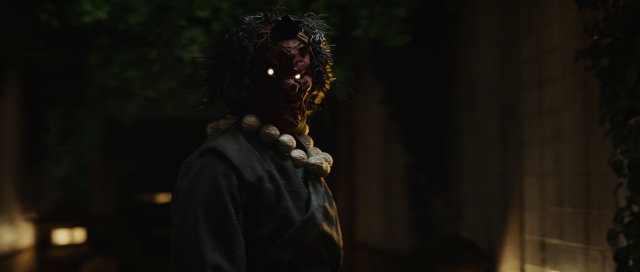
“I made Kodama to express my interest in Japanese folklore and Samurai as a proof of concept for a feature film where I can further explore the characters and world of Kodama” – Tang on his aims for his short
The other big star is the fight choreography, which is stellar by short film standards, and continues the story of the production design—VFX supplements the practical through animating key actions and set extensions, but doesn’t dominate. Tang is adept in directing vfx, but his background is in cinematography rather than professional effects. Still, there is some modern trickery at play, Tang shot a pickup day at an LED volume stage, and describes utilizing a process I don’t fully understand, noting, “I used a combination of some fully 3D re constructed environments as well as a technique called ‘camera projecting’, where footage is projected onto 3d meshes in order to manipulate the original camera work in post in a freely in CG space, was utilized to elevate what had been shot on set.”
In these ways Kodama proves that, despite my reminiscing, it is not the 2010s any more, both in its utilization of newer tools and techniques, but also its lower reliance on pure computer generated material. We’re better than ever at creating worlds in computers but also that makes it less special, so there is potentially a renewed emphasis on more traditional crafts in the proof-of-concept genre. Another sign that it’s not the 2010s? Rather than breaking the short for audiences and industry, we’ve been in an interesting spot of sitting on Kodama for several months as part of Tang’s strategy for building momentum for its development as a feature film and he has already been working in collaboration with the Russo Brothers’ AGBO production company for several months. We are thankful to him for allowing us to share his work though, and wish the best of luck in developing the project. If you like the film, help him in that endeavor by helping us share it with others.

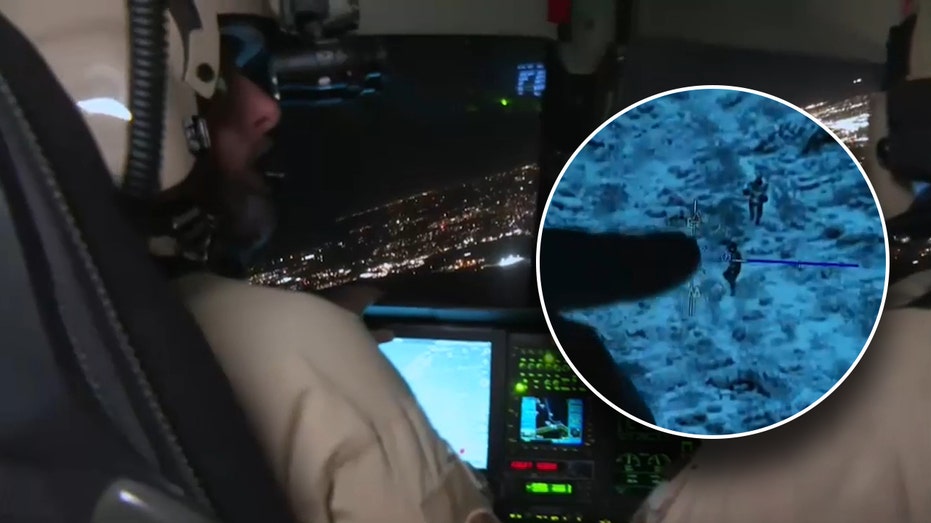








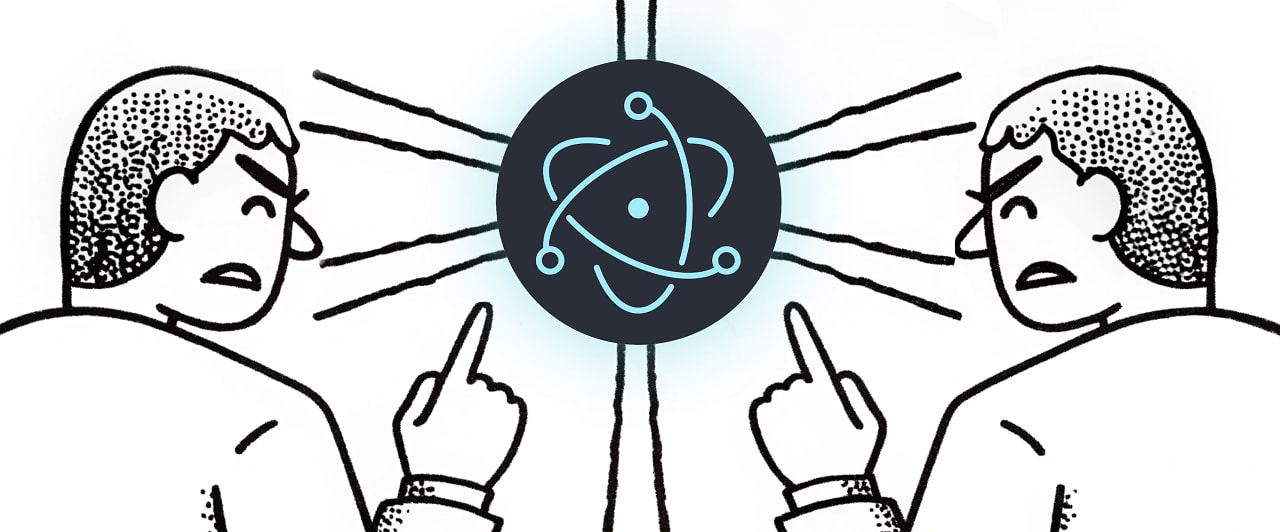


![From Gas Station to Google with Self-Taught Cloud Engineer Rishab Kumar [Podcast #158]](https://cdn.hashnode.com/res/hashnode/image/upload/v1738339892695/6b303b0a-c99c-4074-b4bd-104f98252c0c.png?#)




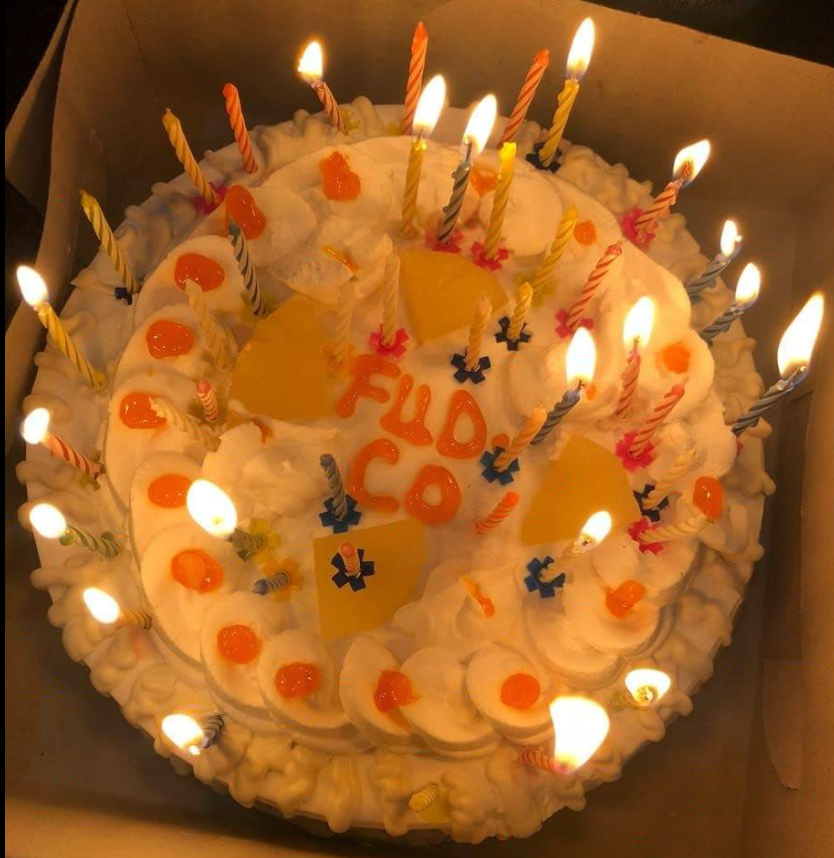

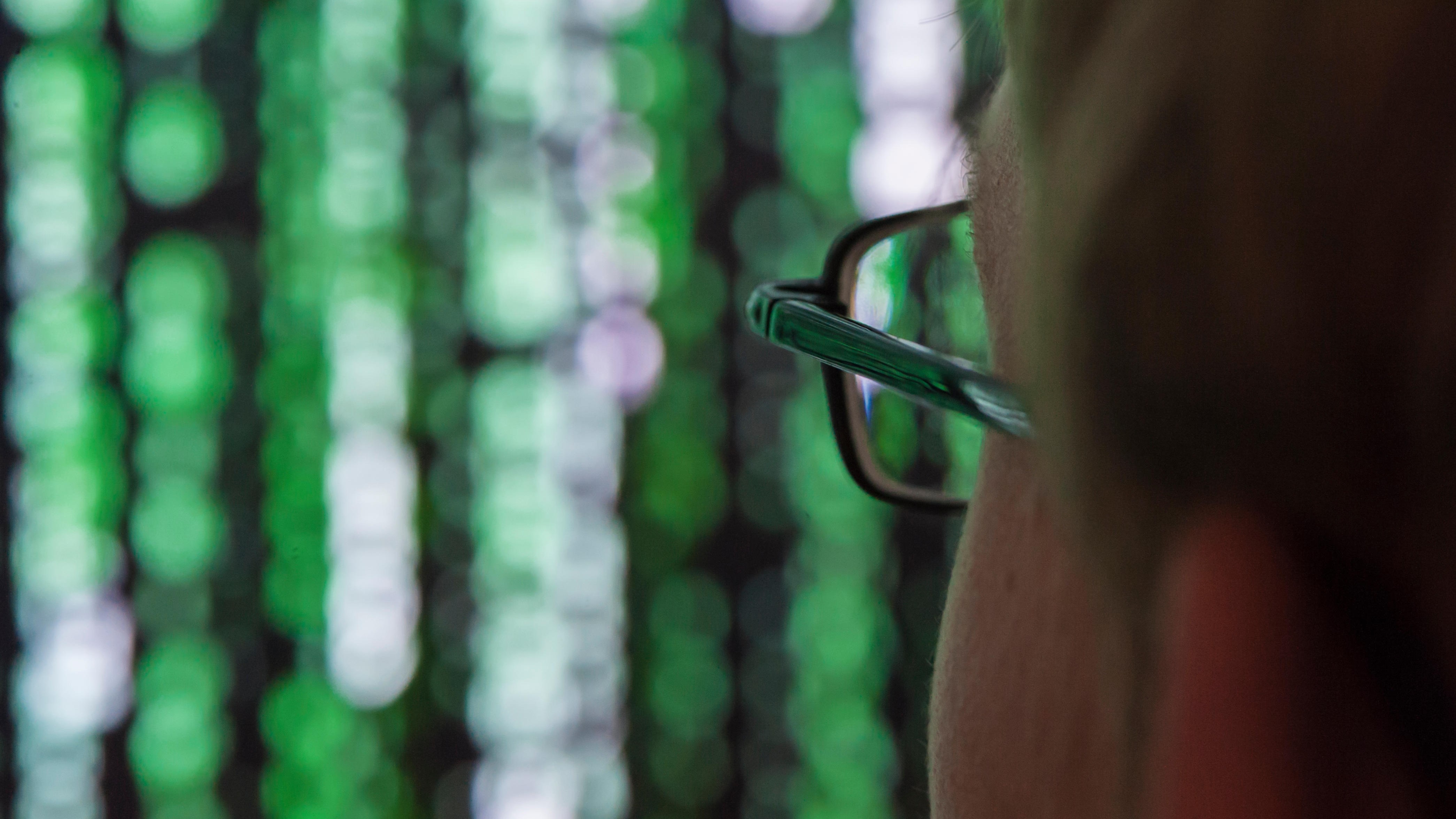

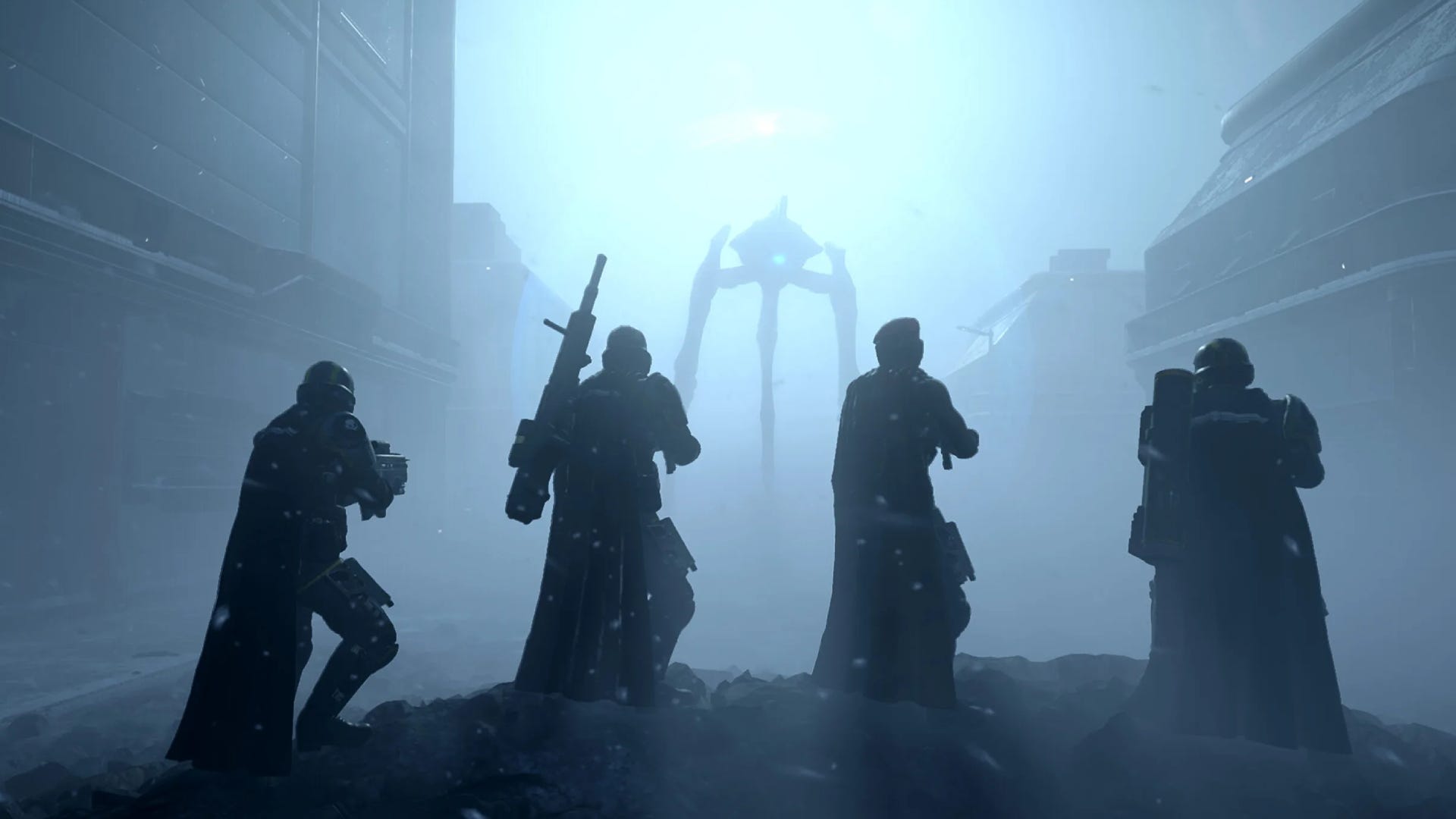
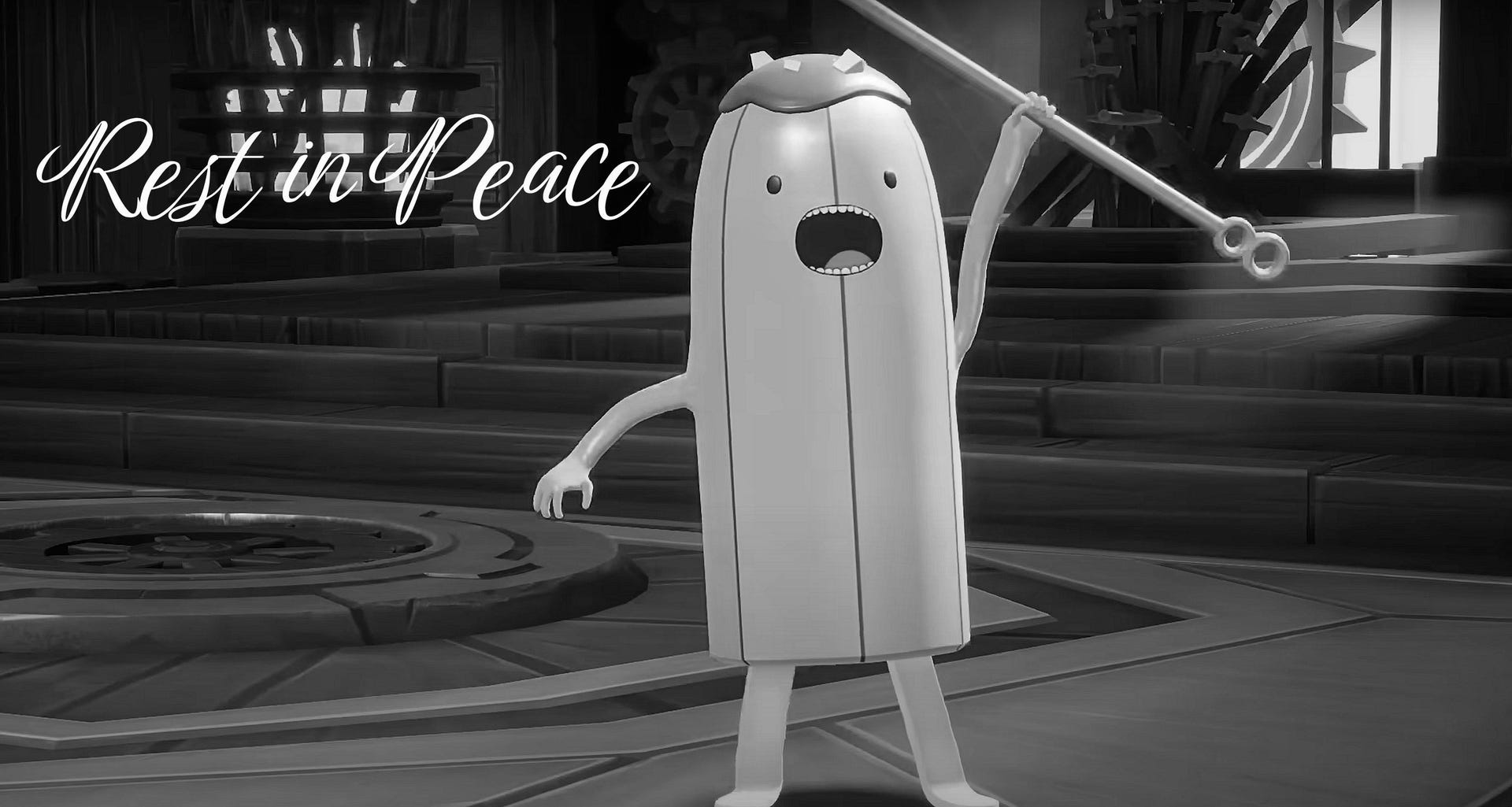
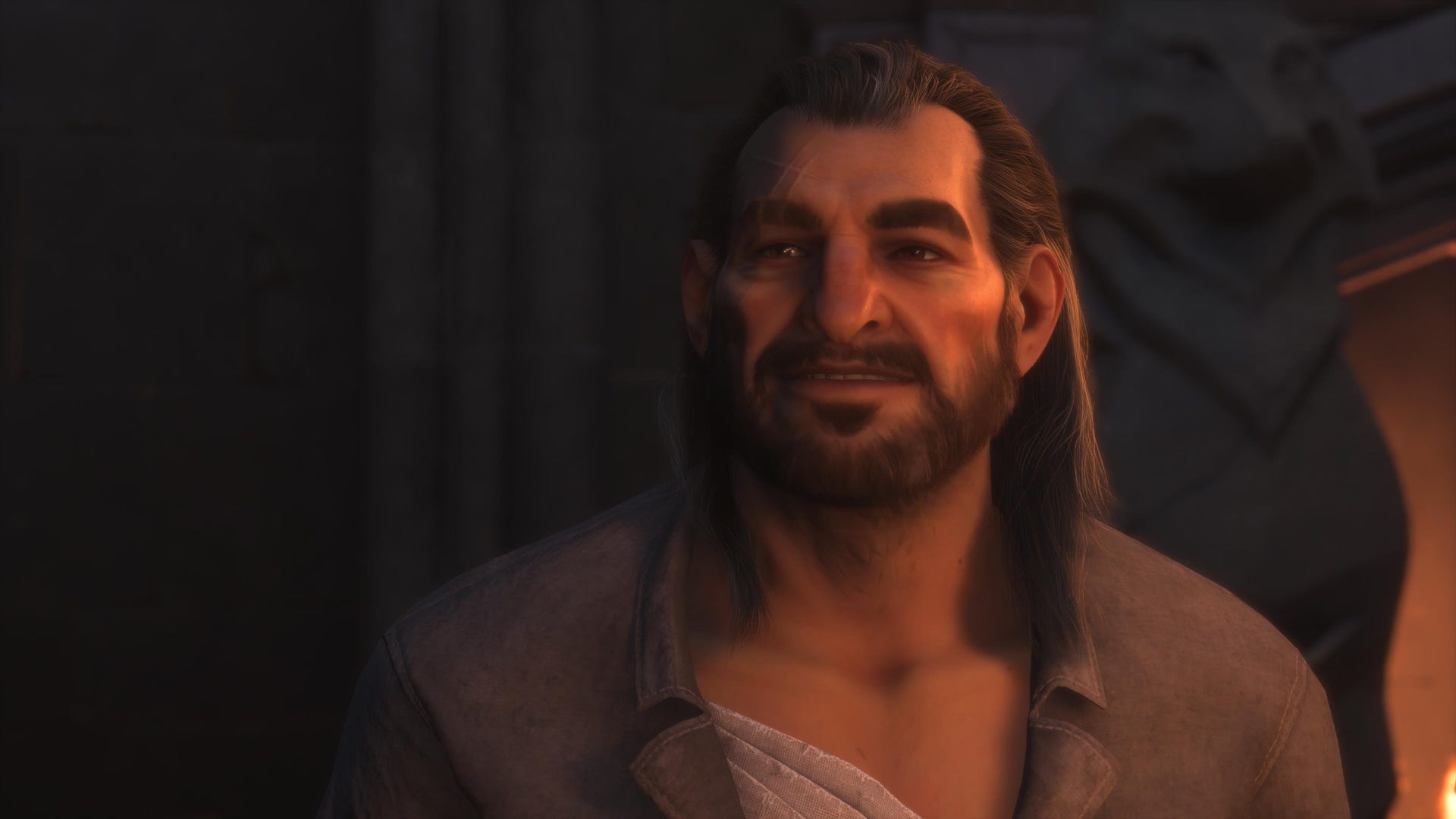
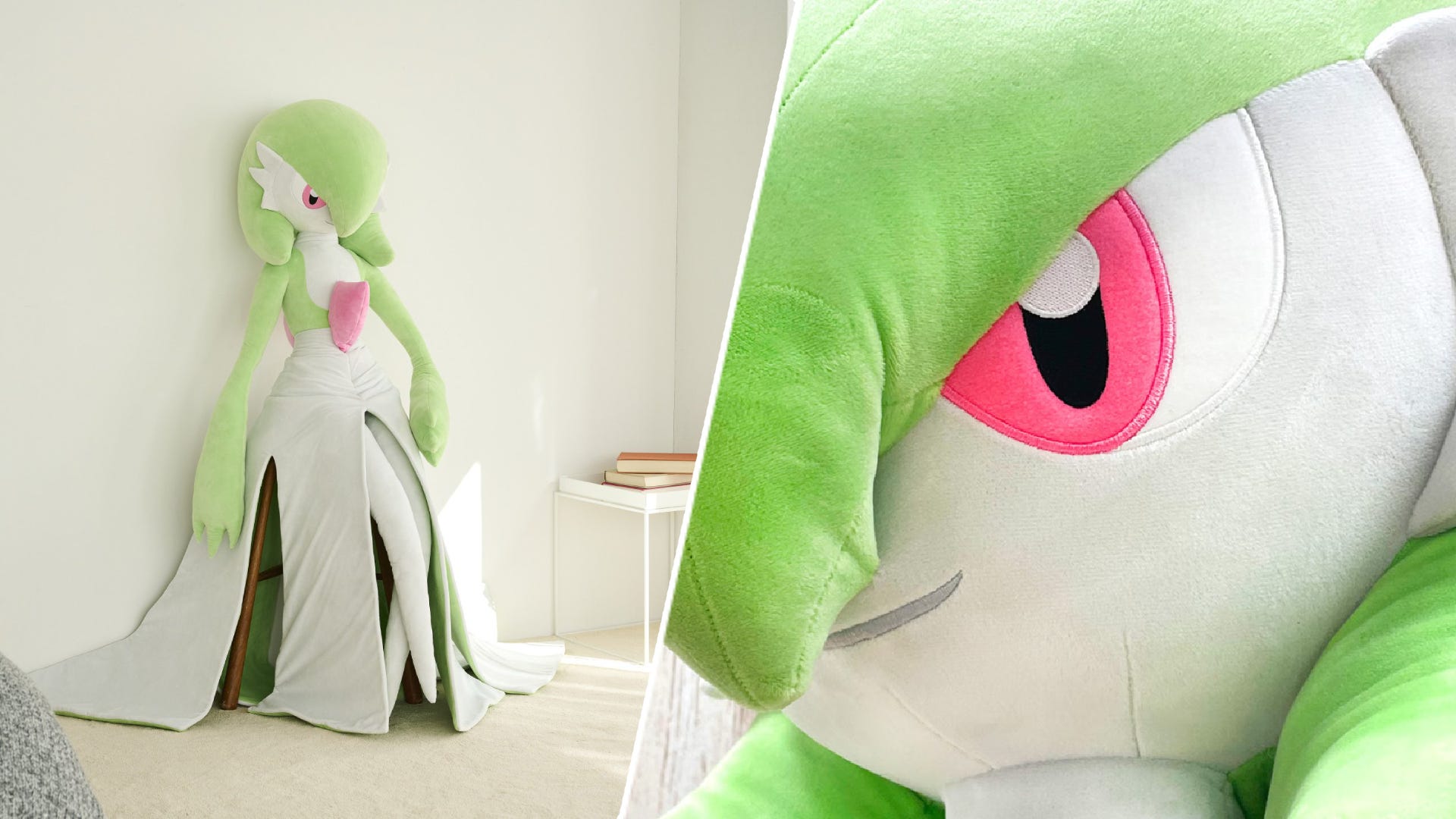










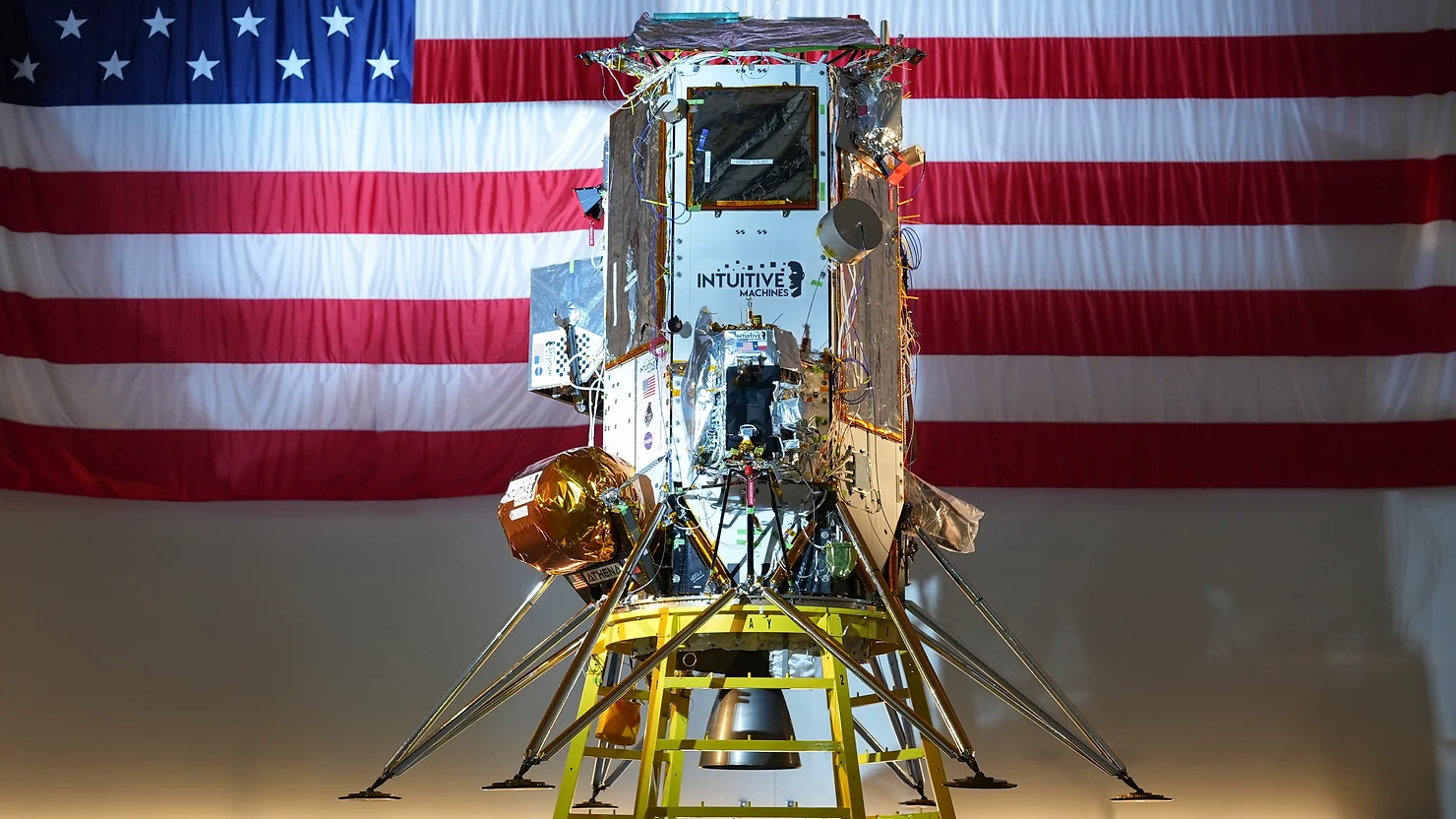
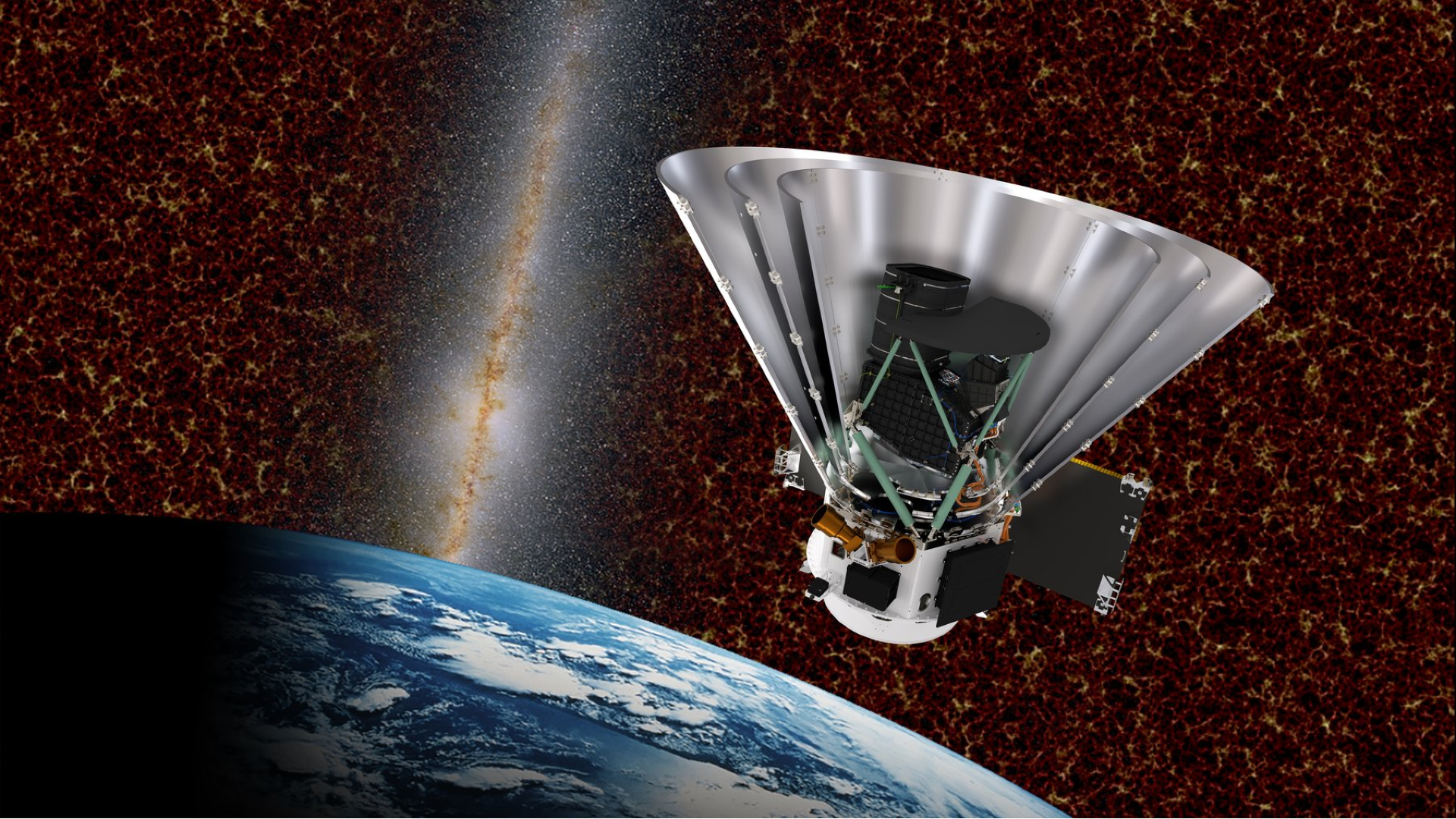
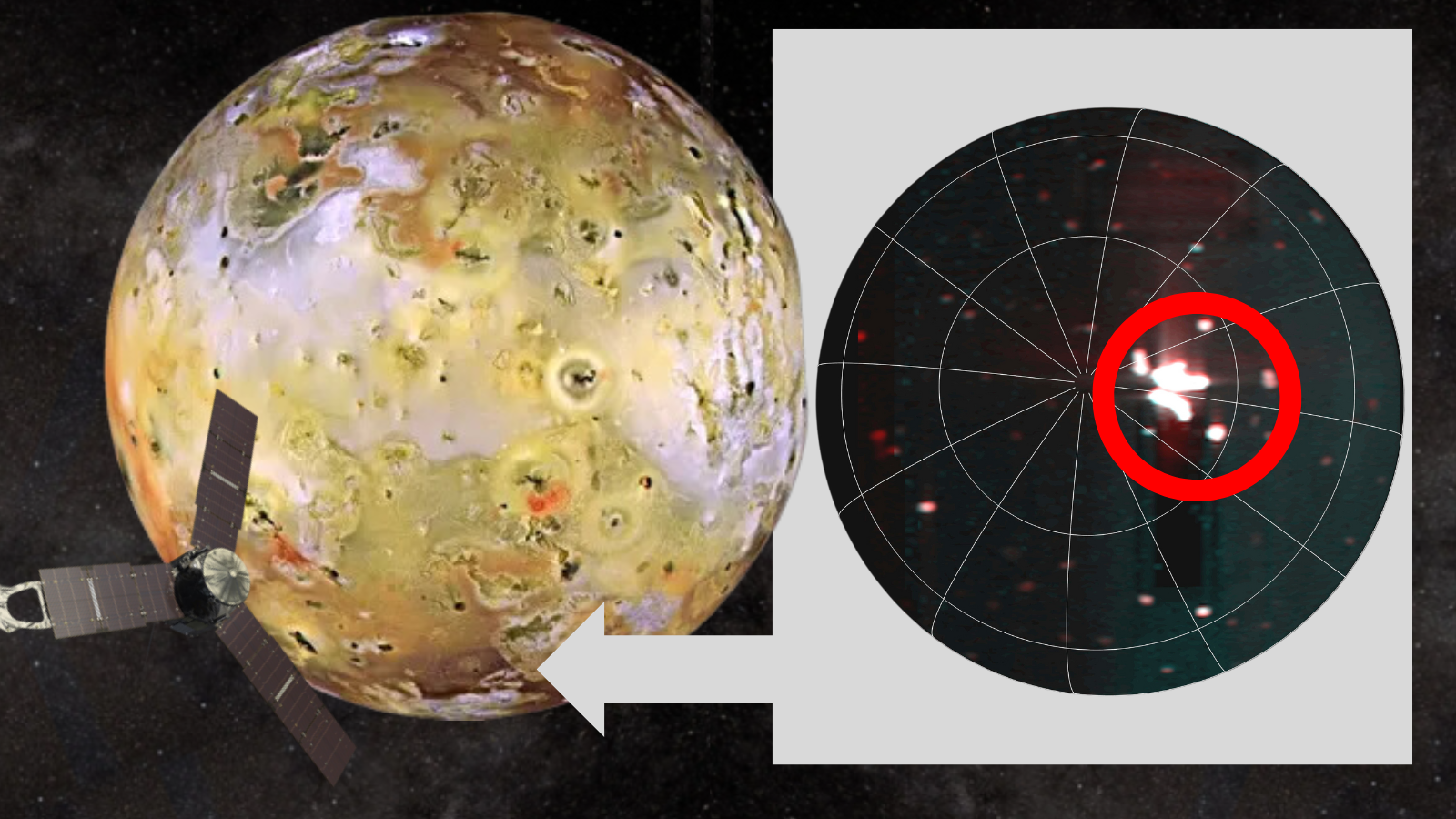























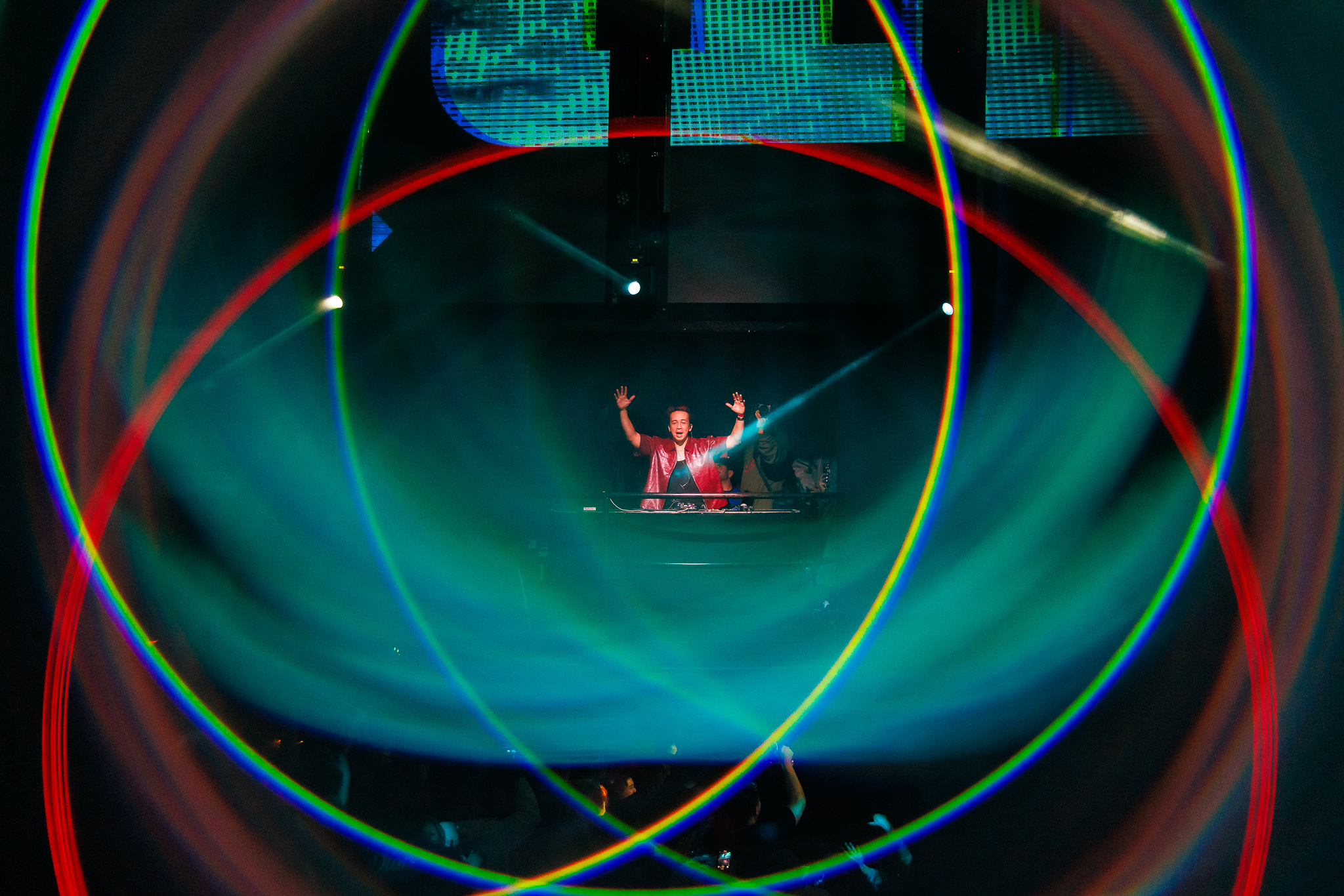







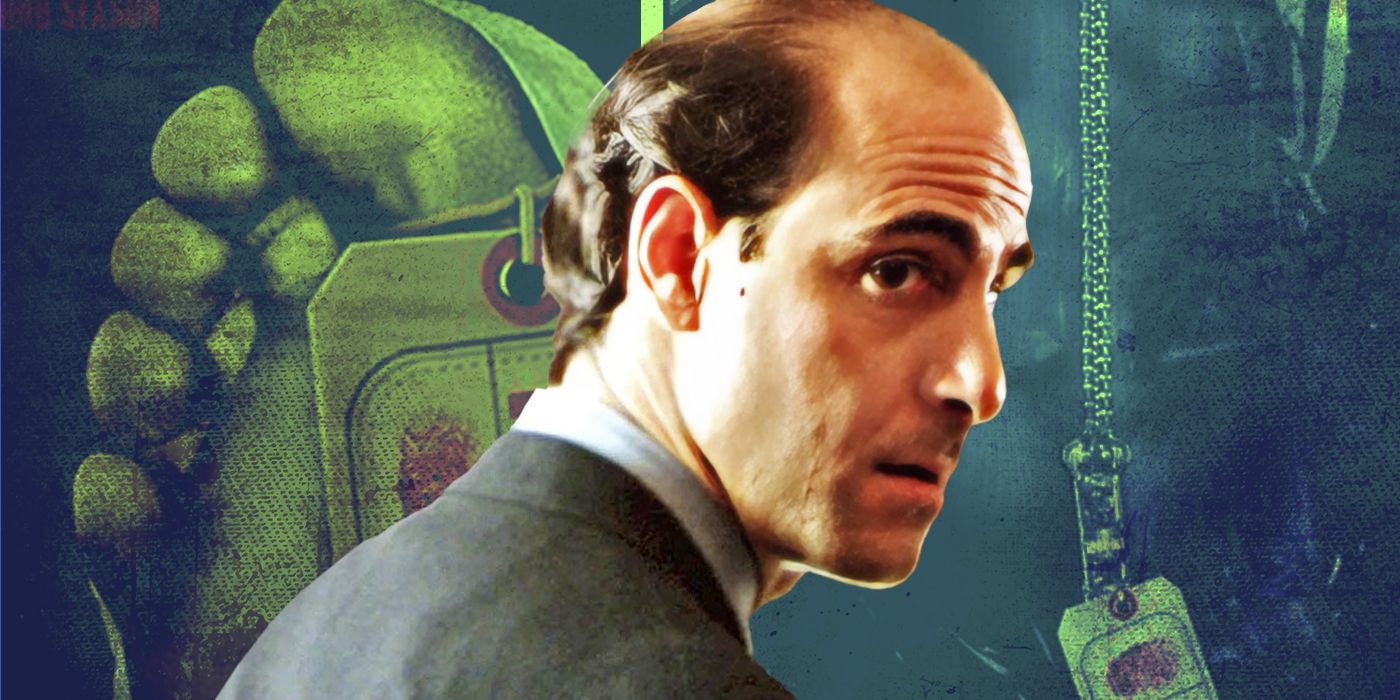
![‘Pee-Wee As Himself’ Review: A Complicated & Layered Portrait Of Identity Battles For Narrative Control [Sundance]](https://cdn.theplaylist.net/wp-content/uploads/2025/01/28135545/pee-wee-as-himself.jpg)






